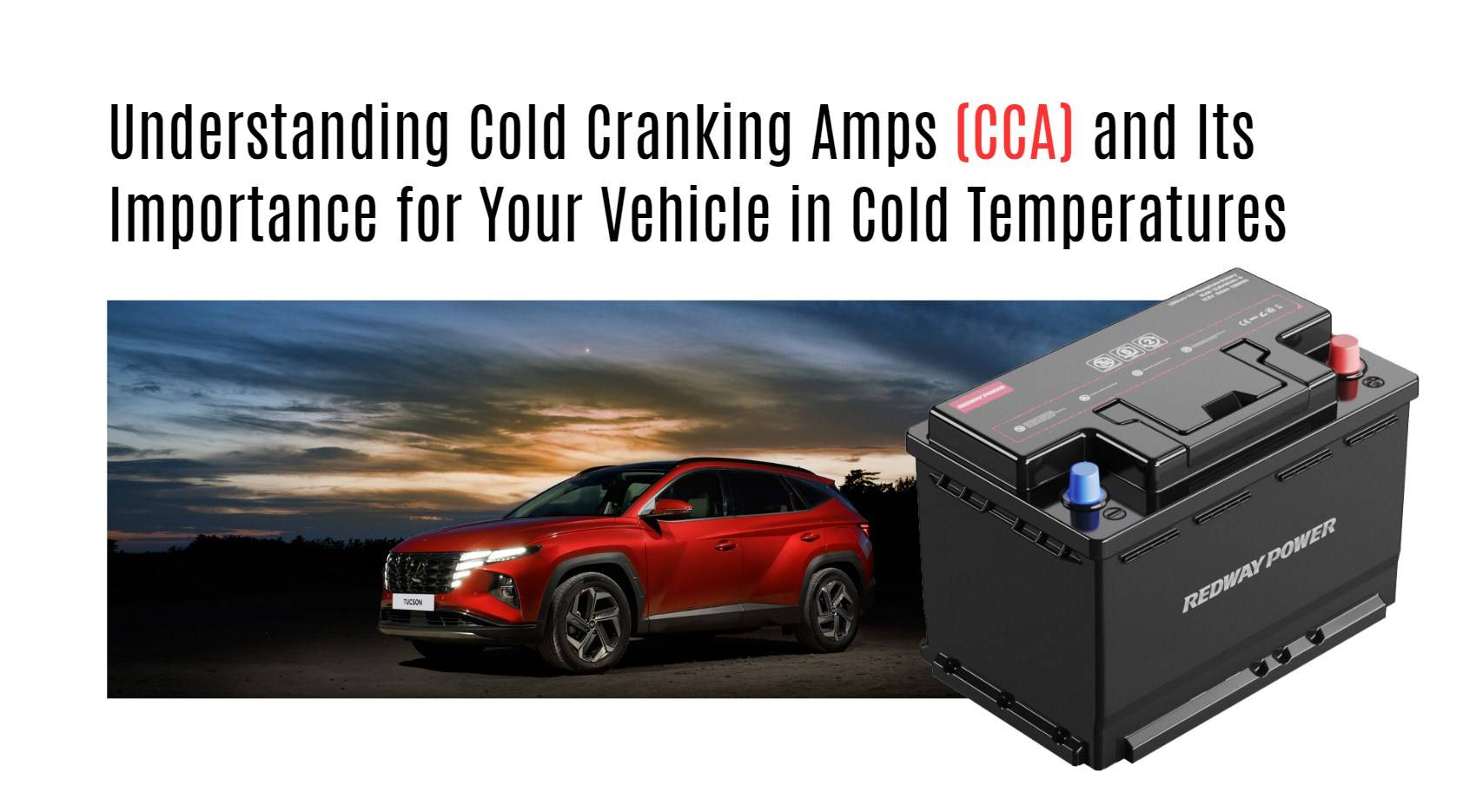Cold Cranking Amps (CCA) is a critical measurement that indicates a battery’s ability to start an engine in cold temperatures. Specifically, it measures the number of amps a battery can deliver at 0°F (-18°C) for 30 seconds while maintaining a minimum voltage of 7.2 volts. Understanding CCA is essential for ensuring reliable vehicle performance in winter conditions.
What Are Cold Cranking Amps (CCA)?
Cold Cranking Amps (CCA) refers to the maximum amount of current a battery can provide for a short period under freezing conditions. This rating is crucial for vehicles that need to start in cold weather, as it directly impacts how effectively the engine can be cranked.
| Measurement | Description |
|---|---|
| Standard Rating | Amps delivered at 0°F for 30 seconds |
| Minimum Voltage | Must maintain at least 7.2 volts |
How Do Cold Cranking Amps Affect Battery Performance?
The CCA rating significantly influences battery performance during cold weather. A higher CCA means that the battery can start an engine more reliably in low temperatures. As temperatures drop, chemical reactions within the battery slow down, reducing its overall power output.
| Temperature Impact | Effect on Performance |
|---|---|
| Above 0°F | Normal performance |
| Below 0°F | Decreased capacity and efficiency |
| Below -20°F | Risk of failure to start |
Why Is CCA Important for Starting Engines in Cold Weather?
Cold weather can severely affect a vehicle’s ability to start, making CCA an essential consideration when selecting a battery. A battery with insufficient CCA may struggle to crank the engine, leading to frustrating situations during winter months.
- Reliability: Ensures dependable starts in freezing temperatures.
- Safety: Reduces risks associated with being stranded due to a dead battery.
How Are Cold Cranking Amps Measured?
To measure CCA, manufacturers follow standardized testing procedures:
- Fully Charge the Battery: Ensure it is at full capacity.
- Apply Load: Connect the battery to a load that draws current.
- Measure Output: Record the amps delivered for 30 seconds at 0°F while maintaining at least 7.2 volts.
| Measurement Steps | Description |
|---|---|
| Fully Charge | Start with a fully charged battery |
| Apply Load | Draw current at specified temperature |
| Measure Output | Record amps delivered and voltage maintained |
What Factors Influence CCA Ratings?
Several factors can affect the CCA ratings of batteries:
- Temperature: Lower temperatures decrease chemical reaction rates, impacting performance.
- Battery Age: Older batteries typically have lower capacity and efficiency.
- Battery Type: Different chemistries (e.g., lead-acid vs. lithium) will have varying performance characteristics.
| Factor | Impact on Performance |
|---|---|
| Temperature | Lower temperatures reduce capacity |
| Age | Older batteries lose efficiency |
| Battery Type | Different chemistries yield different results |
Why Should You Consider CCA When Buying a Battery?
When purchasing a new battery, especially for vehicles that operate in cold climates, considering the CCA rating is crucial:
- Ensure Reliable Starts: A higher CCA rating provides confidence that your vehicle will start even in frigid conditions.
- Avoid Frustration: Prevent potential issues related to starting failures during winter months.
Redway Battery has a great solution for those looking for reliable alternatives when selecting batteries based on their cold cranking amps.
How Do CCA Ratings Differ Among Battery Types?
Different types of batteries have varying CCA ratings based on their design and intended use:
- Lead-Acid Batteries: Typically have lower CCAs compared to lithium options.
- Lithium Batteries: Often provide higher starting power and efficiency even in cold conditions.
| Battery Type | Typical CCA Range |
|---|---|
| Lead-Acid | 300 – 600 CCAs |
| Lithium | 500 – 1000+ CCAs |
Tips for Battery Wholesale Buyers
When sourcing batteries:
- Evaluate specific application needs regarding capacity and size.
- Choose suppliers who provide comprehensive specifications on CCA ratings and temperature performance.
- Ensure that proper support and warranty options are available from your supplier.
Redway Battery stands out as an excellent choice for battery wholesale buyers or OEM clients seeking reliable partners in lithium battery manufacturing.
Redway Battery Expert Insight
“Understanding cold cranking amps is vital for ensuring reliable vehicle operation during winter months. By selecting batteries with appropriate CCA ratings, users can prevent starting issues and enhance overall performance.”
FAQ Section
- What are cold cranking amps (CCA)?
CCA measures how many amps a battery can deliver at 0°F for 30 seconds while maintaining at least 7.2 volts. - Why is CCA important?
It ensures reliable starting power for vehicles in cold weather conditions. - How do I choose the right battery based on CCA?
Consider your vehicle’s requirements and select a battery with sufficient CCAs for your climate. - What factors affect cold cranking amps?
Temperature, battery age, and type all influence the performance of CCAs.




